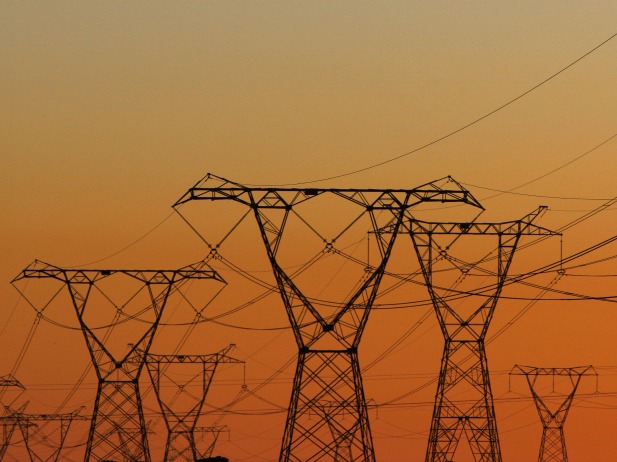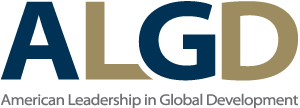 While on his Africa tour in June 2013, President Obama announced a new U.S. effort to expand energy access in Sub-Saharan Africa, where two thirds of the population are without electricity. The Power Africa initiative identifies and facilitates energy transactions between private enterprises and governments in African countries to generate 30,000 megawatts of new energy and reach 60 million households and businesses by 2020.
While on his Africa tour in June 2013, President Obama announced a new U.S. effort to expand energy access in Sub-Saharan Africa, where two thirds of the population are without electricity. The Power Africa initiative identifies and facilitates energy transactions between private enterprises and governments in African countries to generate 30,000 megawatts of new energy and reach 60 million households and businesses by 2020.
The U.S. government committed over $7 billion in financial support for the program to be disbursed over five years. The bulk of this pledge breaks down as follows: $5 billion from the Export-Import Bank (Ex-Im) to finance the export of U.S. products for African energy projects; $1.5 billion from the Overseas Private Investment Corporation (OPIC) in direct loans, guarantees, and insurance for U.S. private sector investments in African power; and $1 billion from the Millennium Challenge Corporation in the form of grants to improve power systems in Africa. The remainder will fund the U.S. Agency for International Development (USAID), the central coordinating body of Power Africa, and the eight other U.S. agencies providing technical and planning assistance.
The initiative has also leveraged more than $20 billion of commitments from the private sector, World Bank, African Development Bank, and Swedish government. After only a year, Power Africa has facilitated transactions that will generate about 3,000 megawatts of new energy.
Despite bipartisan support, international backing, and private sector buy-in, Power Africa has not been universally popular. Critics have expressed concern that the gains facilitated by Power Africa are merely commitments on paper and have neither translated into energy projects nor generated a single benefit to Africans. Furthermore, some claim that Power Africa is merely a way to subsidize U.S. companies’ entry into African markets. Indeed, between the $5 billion pledged by Ex-Im and the $1.5 billion by OPIC, the lion’s share of U.S. federal spending on Power Africa is geared toward the U.S. private sector.

Comments are closed.